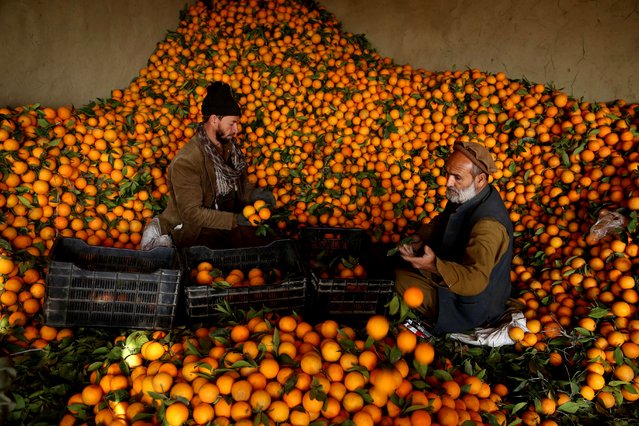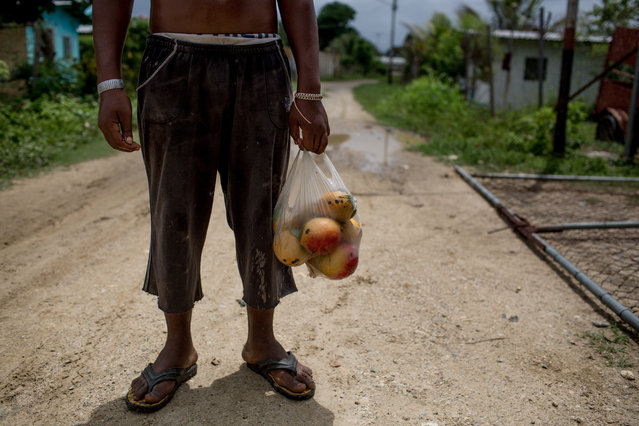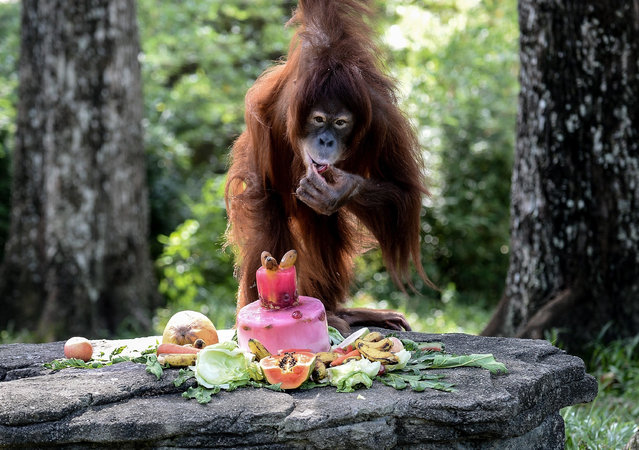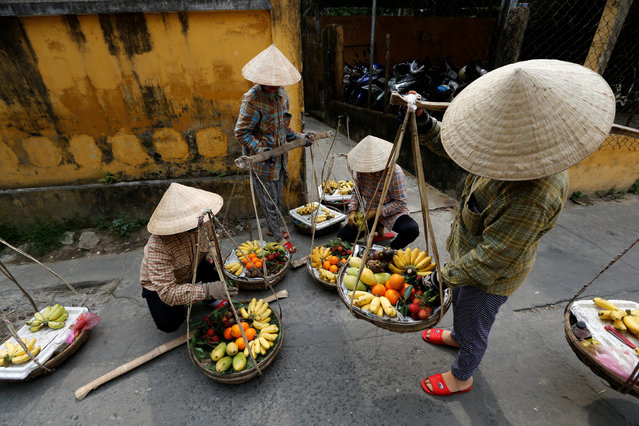
Afghan vendors sort out oranges for sale at a wholesale market in the Bati kot district in Nangarhar province, Afghanistan, 04 December 2020. The orange fruit floods markets across Afghanistan due to bumper crop in the winter season. Oranges are rich in vitamin C, which may reduce severity of the common cold. (Photo by Ghulamullah Habibi/EPA/EFE)
10 Jan 2021 00:01:00,post received
0 comments







